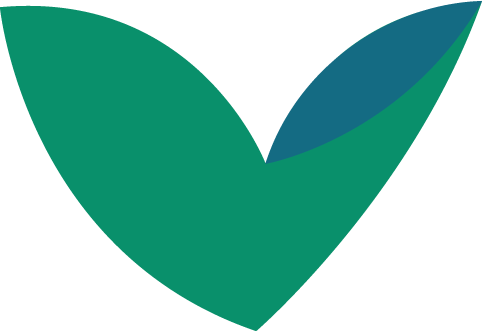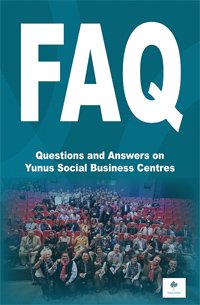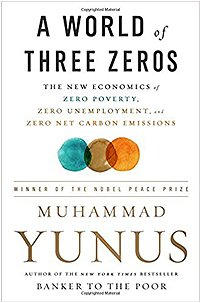Telemedicine tackling rural doctor shortage in Bangladesh
Muhammad Yunus is world-famous for pioneering microfinance in Bangladesh. Less well known is another groundbreaking effort of his in the field of healthcare. Although still under development, it could revolutionise the way that doctors serve rural and remote communities.
Dr Yunus set up Grameen Bank in the 1970s to build out his micro-lending programme. The idea was to bring financial services to poor communities who were traditionally cut off from opportunities to borrow. The bank has become a huge success, having lent more than US$9bn since it was launched, and helping millions of Bangladeshi villagers to set up and manage small businesses.
In running the bank, however, Dr Yunus grew aware that many of his customers suffered from poor health, and so he introduced a set of borrowing criteria around health issues. For example, anyone wanting to borrow money first had to prove that they had dug a latrine for their family to use rather than defecating on bare ground. Gradually the focus on health grew. Grameen launched a micro-insurance programme that today costs US$2 per family per year.Then it set up Grameen Healthcare to run the clinics that provide theservices for insurance holders. Today, however, Grameen's health schemes have hit a major obstacle caused by the doctors who staff its 51 clinics.
"We hire doctors to run our health centres, we pay them well, but they rarely last more than six months," says Dr Yunus. "They just don't want to be stuck in the middle of a remote rural area. And if our clinics don't have doctors, then people don't want to buy our health insurance."
Grameen is therefore now turning to an ambitious programme of telemedicine to overcome this problem. The idea is to run a pool of doctors in a central location in Dhaka who are connected to rural communities by mobile phones. In the villages themselves, Grameen relies on "mobile health entrepreneurs", usually local women who go from house-to-house enquiring after the health of the inhabitants.
The village health entrepreneurs charge for their service-a small fee for those with Grameen health insurance, and a bigger one for those without. Using specially designed health questionnaires and portable technology such as hand-held ultrasound devices, they gather health data and send it via their mobile phones to the pool of doctors in Dhaka. Once there, the data is analysed and treatment recommendations are sent back.
The third component in the system is a new breed of highly trained nurses who now run the village clinics in place of the doctors. As well as giving out health advice, these nurses are trained to prescribe and dispense medicine based on the recommendations of the central team of doctors.
Many aspects of the system are still under development. For example, Grameen is working with technology companies to design rugged, simple, portable devices for its health entrepreneurs. These devices need to be tough and capable of surviving harsh treatment in hot, dusty and unsanitary conditions. They need to be cheap to produce and maintain. Most important of all, they need to be simple, so that village health entrepreneurs with little education can use them effectively. A new generation of portable ultrasound machines looks particularly promising in raising standards of maternal care. Equally, Grameen is working with universities such as Glasgow Caledonian in the UK and Emory in the US to set up the training programmes for its new breed of village nurses.
"Not only will the system overcome the problem of getting doctors to work in remote places, it will also create huge economies of scale that will bring our costs down," enthuses Dr Yunus. "With a central pool of 50 doctors we could cover a huge share of the country instead of just 50 villages."
Source: http://graphics.eiu.com/upload/GE_Indonesia_main_Sep21_WEB_FINAL.pdf


